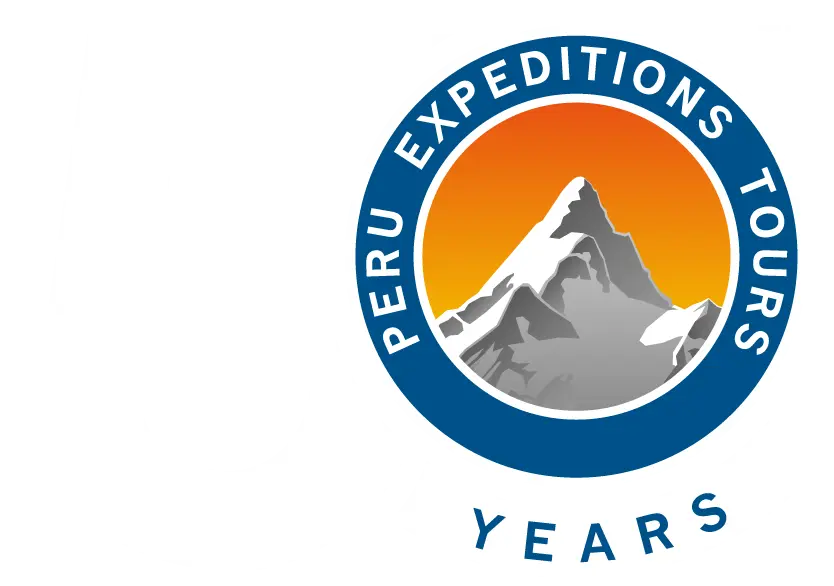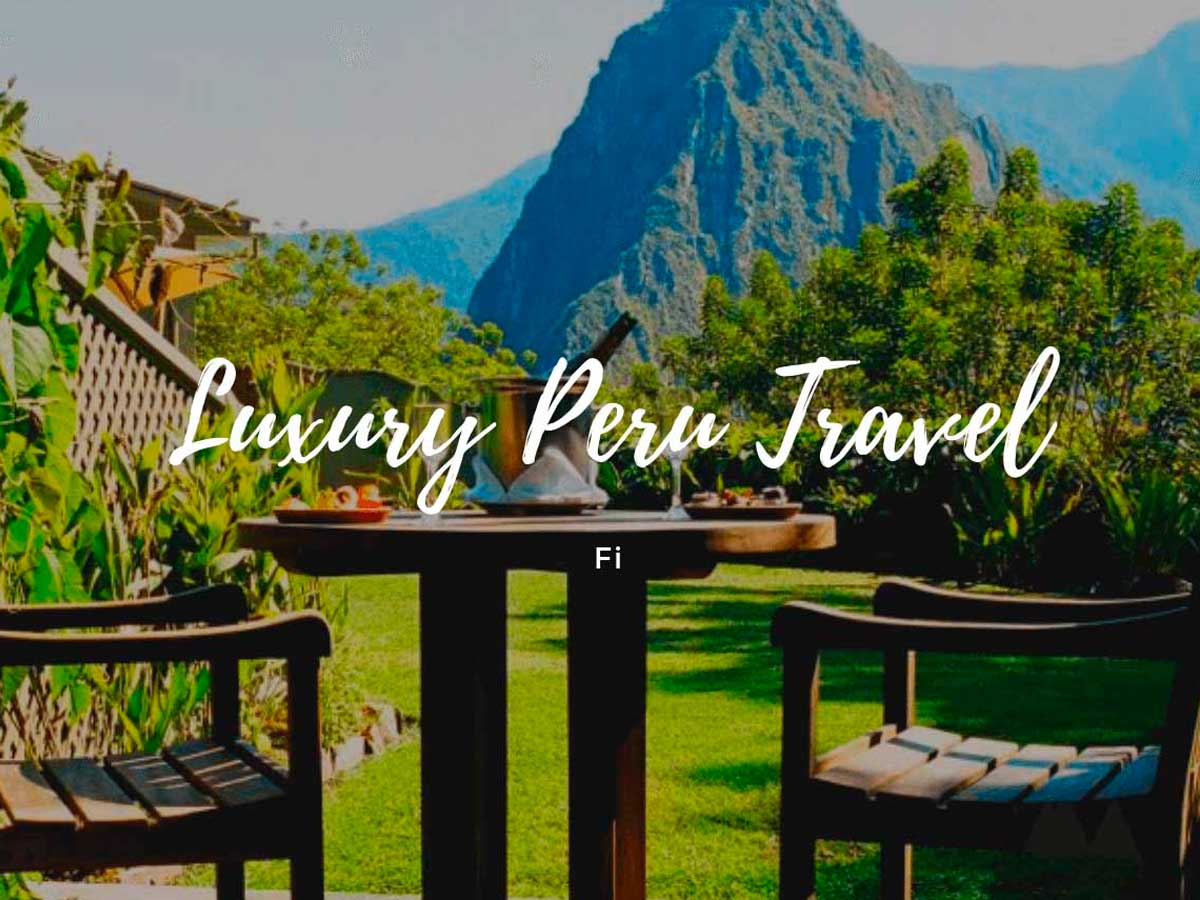Machu Picchu is the Peruvian wonder that keeps the most ancestral secrets in each of its corners and in the following note we will reveal them to you.
You can now travel to Machu Picchu! How much does it cost to get to the citadel?
Machu Picchu is the Peruvian wonder that keeps the most ancestral secrets in each of its corners and in the following note we will reveal them to you. (Photo: Shutterstock)
Machu Picchu is one of the most popular tourist attractions in our country, but at the same time it is one of the most mysterious and enigmatic places. This beautiful citadel was built around 1450, but was only discovered in 1911. Although many questions have been raised since its appearance, several have not yet been resolved.
Due to this lack of answers, Mark Adams, author of Turn Right at Machu Picchu, published an article in National Geographic about the secrets that the Inca citadel hides and that most do not know.
1. It is not the lost city of the Incas
According to the explorer Hiram Bingham III, who was the one who found Machu Picchu in 1911, he was in search of a different city known as Vilcabamba. This being the hidden capital to which the Inca people had fled after the Spanish conquistadors arrived in 1532. Over time Machu Picchu became famous as the legendary lost city of the Incas.
Because of this, Bingham spent most of his life arguing that Machu Picchu and Vilcabamba were the same city, a theory that could not be proven wrong until after his death in 1956. (The true city of Vilcabamba is now believed to be It was built in the jungle approximately 80 kilometers west of Machu Picchu). Recent investigations have called into question whether Machu Picchu had really been forgotten, since when Bingham discovered it, three farming families lived on the site.
2. Machu Picchu has withstood earthquakes
In Machu Picchu the stones of the citadel buildings do not use any type of mortar in the joints, since the rocks were cut so precisely and fitted so tightly that not even a credit card could be inserted between them. . Aside from the obvious aesthetic advantages of this style of construction, there are engineering advantages.
However, Peru is a seismically unstable country (Lima and Cusco have been hit by earthquakes), and Machu Picchu was built on top of two fault lines. When an earthquake occurs, the stones of the buildings move during the tremors and then return to their place. What is interesting is that without this method of construction, many of the best-known buildings at Machu Picchu would have collapsed long ago.
At the top of the mountain we can find large and impressive stone blocks joined together, which make up one of the most important religious, political and cultural centers. (Photo: Shutterstock)
3. The most impressive parts are invisible
The Incas are remembered for their beautiful walls, where their civil engineering projects that were incredibly advanced stand out. The site had to be carved out of a notch between two small peaks, moving stones and earth to create a relatively flat space.
According to the engineer Kenneth Wright, it has been estimated that 60% of the construction carried out in Machu Picchu is underground. Where a good part of these constructions consists of deep foundations and crushed rocks used as drainage. (As anyone visiting during the wet season will be able to tell you, Machu Picchu gets a lot of rain.)
4. You can walk to the ruins
Traveling to Machu Picchu has many characteristics, but it is not distinguished by being cheap. Train tickets from Cusco can cost more than one hundred dollars each, and the price of admission costs an additional USD 43. In between, a round-trip bus ride up the 609-meter-high slope on which the Inca ruins stand costs another $14.
However, there is another option where you can upload and download for free. The steep path roughly follows Hiram Bingham’s 1911 route and offers extraordinary views of the historic sanctuary of Machu Picchu, which looks almost as it did in Bingham’s time. The approximate rise time is 90 minutes.
5. There is an excellent hidden museum that nobody visits
Although the best-known site is Machu Picchu, there is a Manuel Chávez Ballón Site Museum ($8 admission) that fills in many of the blanks about how and why Machu Picchu was built (exhibits are in English and Spanish) and why the Incas chose such an extraordinary natural place to create the citadel. The museum is tucked away at the end of a long dirt road near the base of Machu Picchu, about a 30-minute walk from the town of Aguas Calientes.
6. There is more than one peak to climb
Before dawn, visitors queue outside the Aguas Calientes bus station hoping to be among the first people to arrive. Because? Because only the first 400 people to register are chosen to climb Huayna Picchu (the small green peak, shaped like a rhino horn, that appears in the background of many photos of Machu Picchu).
Huayna Picchu is the smallest mountain and the largest mountain is Machu Picchu, which gives its name to the valley and the citadel. (Photo: Shutterstock)
7. There is a secret temple
If you are one of the lucky early risers who gets a spot on the Huayna Picchu guest list, try not to just ascend the mountain, take a few photos, and leave. Take the time to follow the amazing path to the Temple of the Moon, located on the other side of Huayna Picchu. Here, a kind of ceremonial sanctuary has been built in a cave filled with exquisite stonework and niches that were probably once used to keep mummies.
8. There are still things to discover
If you look closely and move away from the central ruins of Machu Picchu, you will notice the existence of side roads that deviate into the thick vegetation. Although it is unknown where they are going, due to the thickness of the forest it is pointed out that there may be unknown trails and ruins that have not yet been found.
9. He has a great sense of direction
Visitors to Machu Picchu have come to understand that the natural environment of the ruins is just as important to the site as the buildings themselves. According to recent investigations, the location of the site and the orientation of its most important structures were strongly influenced by the location of the nearby sacred mountains, or apus.
An arrow-shaped stone at the top of Huayna Picchu appears to point south, directly through the famous Intihuatana stone, to Mount Salcantay, one of the most revered apus in Inca cosmology. On important days of the Inca calendar, the sunrise or sunset can be seen behind other important peaks.
10. It may have been the end of a pilgrimage
According to the Italian archaeoastronomer Giulio Magli suggests in a new theory that the trip to Machu Picchu from Cusco could have had a ceremonial purpose: to relive the celestial journey that, according to legend, the first Inca made when he left the Isla del Sol in Lake Titicaca.
Instead of following the most sensible path along the banks of the Urubamba River, the Incas built the Inca Trail, which Magli said prepared pilgrims to enter the impressive citadel of Machu Picchu. The final stage of the pilgrimage would have ended with the ascent of the steps to the Intihuatana stone, the highest point of the main ruins.
Almost no one bothers to climb to the top of Huayna Picchu, which is 500 meters high and offers spectacular views of the area surrounding the ruins (especially the Urubamba River that surrounds Machu Picchu like a spiral snake) are spectacular.
Source:










